You can’t stop the signal
THE FGC-9 IN MYANMAR: 3D GUNS AND THE FUTURE OF GUERILLA WARFARE
February 1st, 2021, is the day the Myanmar military seized power, which immediately led to civil unrest. That unrest began as peaceful, pro-democracy street demonstrations, but in short order, peaceful demonstrations gave way to guerilla warfare. The situation evolved and changed rapidly due to an ever-escalating and violent military-lead government. Now it seems the power of the internet has delivered a Christmas present to Guerilla fighters in Myanmar, in the form of the FGC-9.
Government forces outnumber and out-arm the Myanmar guerillas by a wide margin, and have made use of machine guns, rockets, and tanks over the past year of conflict. The Guerrillas constantly find themselves outclassed by the government’s superior firepower, and have been searching for a means to turn the tide.

After the military showed they were completely willing to be brutal to peaceful protesters, killing some in the street and leaving others to disappear outside the view of the public, some of the people of Myanmar began to seek out arms to protect themselves and potentially even mount a real resistance. Unfortunately, obtaining firearms isn’t easy. So, they did what Guerrillas around the world have practically always done — they made their own.
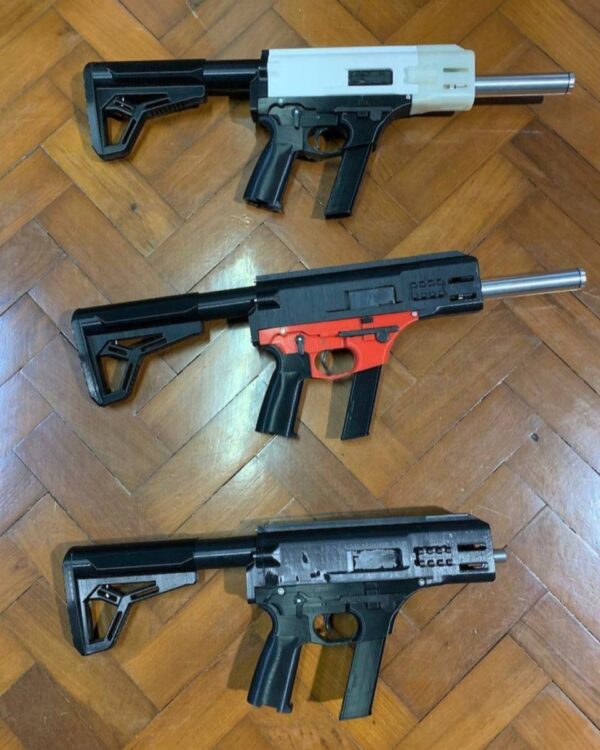
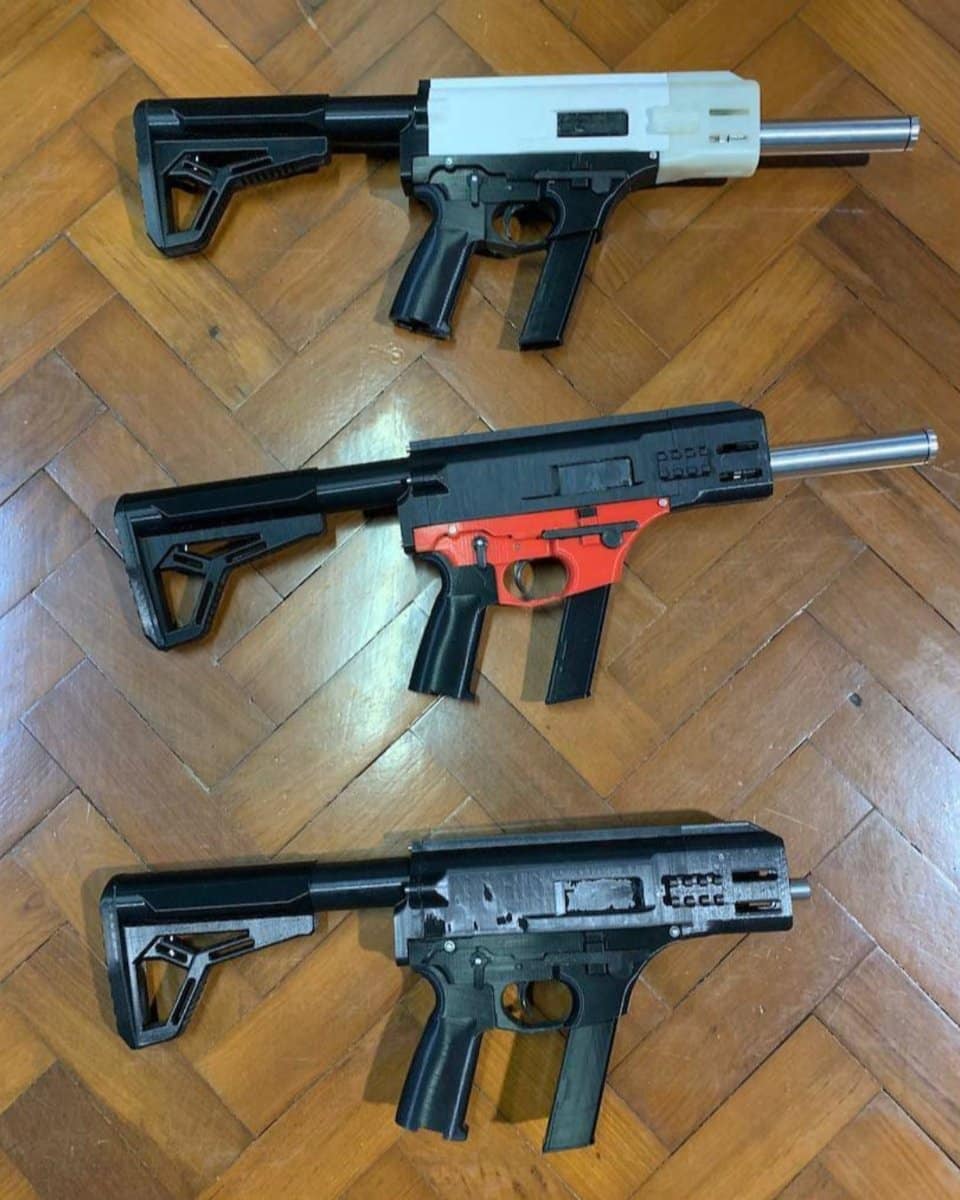
Making one’s own firearms is a long-held tradition of guerilla fighters. In fact, this was common practice during the revolutionary war, where colonial Americans built rifles in secret to resist the King’s men. However, technology has changed, and instead of building weapons the old fashioned way, now the people of Myanmar have begun 3D printing firearms, specifically a design known as the FGC-9.
What’s an FGC-9?
Well, if you follow Jake Hanrahan of Popular Front, you might have seen an episode on 3D-printed guns in 2020. A man going by the name JStark1809 showed a 3D-printed semi-automatic 9mm carbine. JStark1809 lived in a European country that heavily regulates the ownership of firearms.
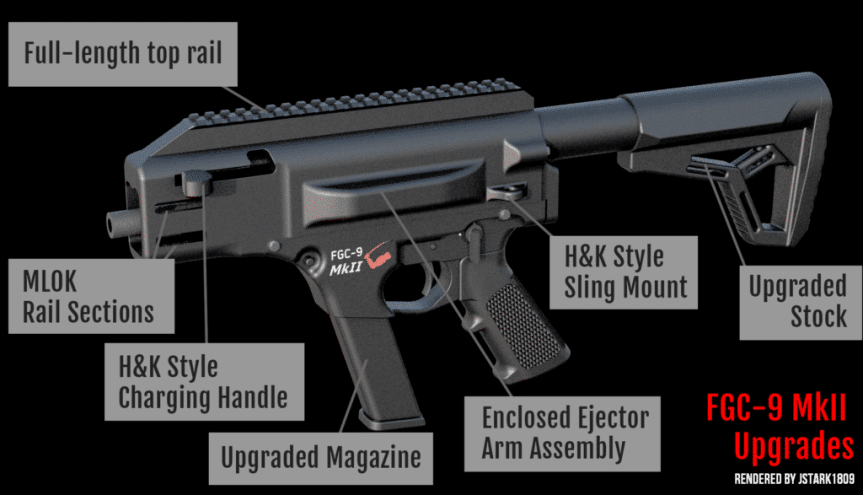
He served as the primary designer of the FGC-9, but a community of firearm enthusiasts helped along the way. His goal was to produce a firearm that could be printed and wouldn’t require any regulated parts and pieces. The FGC-9 can be produced quite easily by those with the right equipment, using materials that aren’t difficult to come by.
The FGC-9 is a closed bolt, semi-automatic design that utilizes the 9mm round. For a 3D-printed gun, it’s rather refined and well made. It’s easy to see why the guerillas in Myanmar are turning to this weapon. They can print and machine the parts as needed and arm their guerilla efficiently, and the technology isn’t as unfamiliar to many involved as one might expect.
The people of Myanmar have used 3D printing extensively for things like replacing parts in their farming equipment in a more cost effective manner, so its really no surprise they’ve moved on to printing guns under their current circumstances.
The Modern Liberator
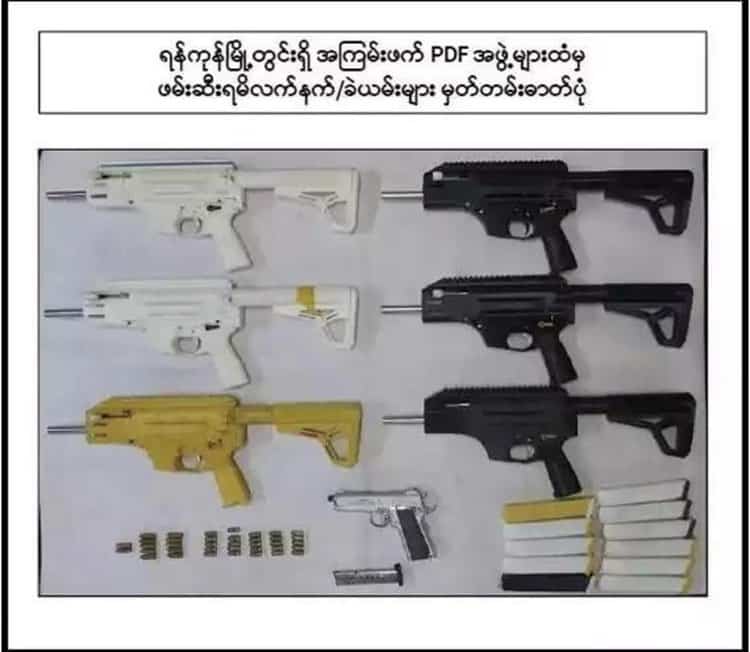
Three pictures from Myanmar reportedly show guerillas armed with FGC-9 carbines and a display of the carbines they’re building. Currently, 3D-printed guns aren’t long-use weapons. Some have lasted over a thousand rounds, which is impressive, but military weapons last for tens of thousands of rounds. I’d imagine the FGC-9 acts like a modern Liberator pistol.
The Liberator concept came to be in World War 2. The idea was to mass-produce cheap single-shot pistols and drop them into occupied areas. Here guerillas could retrieve them and use them to ambush Nazis. Then, they could steal better weapons and continue their operations.
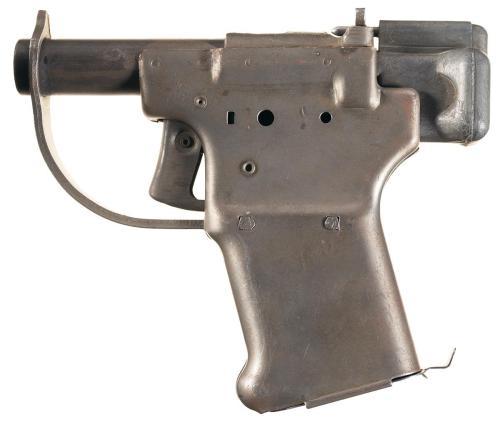
The FGC-9 will likely serve as a short use weapon as well. That is, until the guerillas can retrieve better weapons, either through external support or looted from the bodies of troops they’ve killed. And to be clear, the FGC-9 appears to be a much better weapon for the job than any Liberator.
This marks the first time a homemade 3D-printed weapon has found its way into a large-scale conflict. It represents a fascinating turn for guerrilla forces now and in the future, with far-reaching implications for practically every military force on the planet.
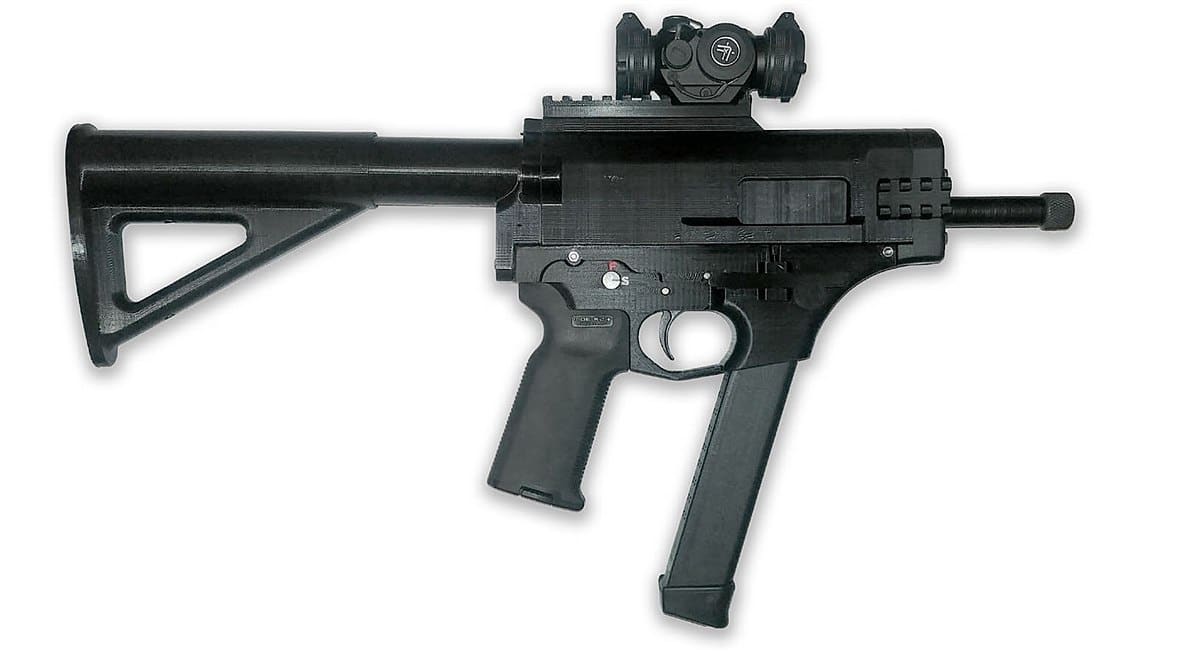
What effect will this weapon have in Myanmar?
It’s important to note that all we have seen are photos of the guns in what could be Myanmar. There is no confirmation, but because the military-operated government hasn’t shown much friendliness to the press or to freedom speech, most of the information out of the nation these days is speculation.

